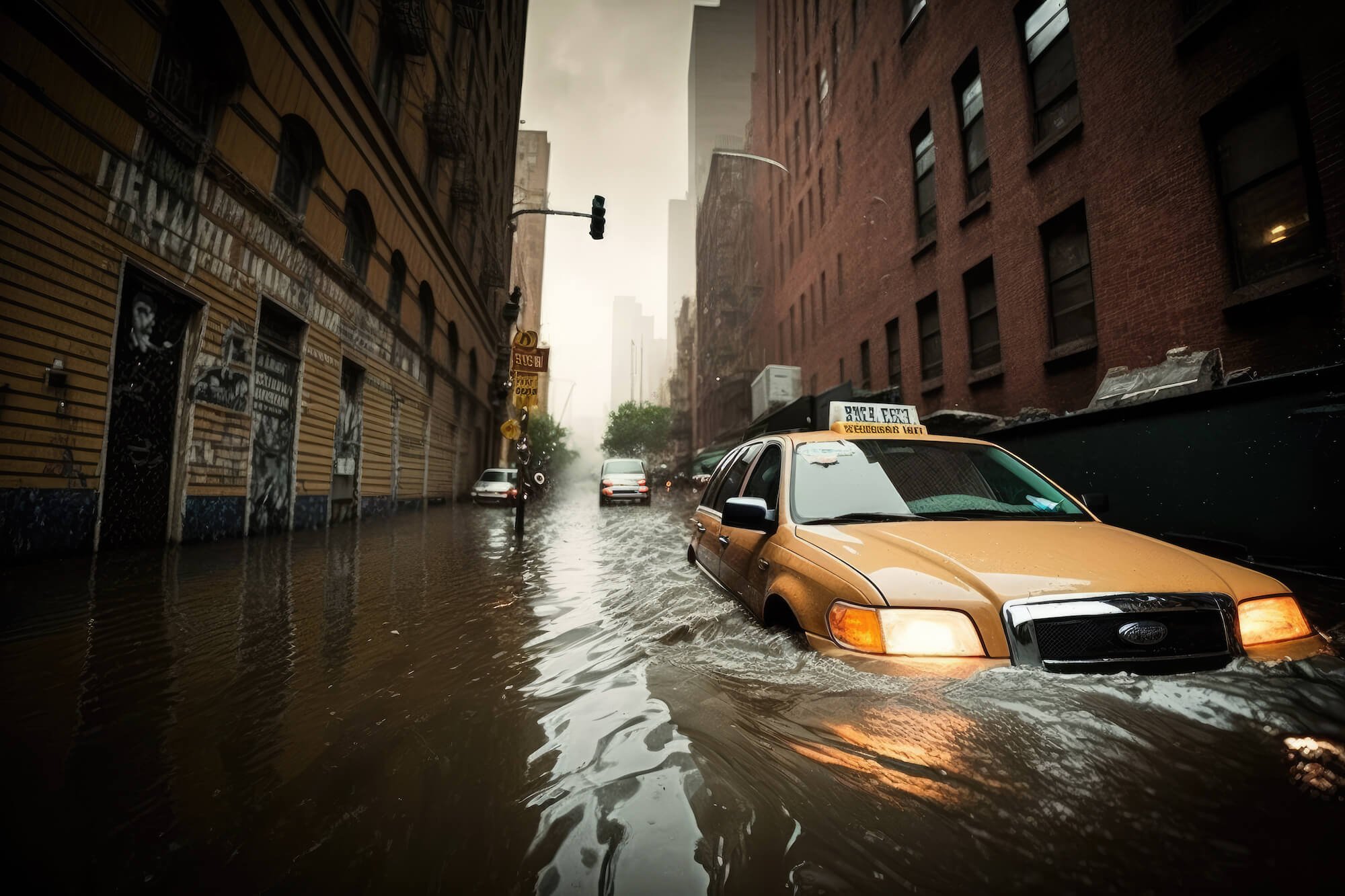Why We Must Focus on Coastal Cities to Restore Our Oceans
Coastal cities are home to more than half of the world’s population and serve as the heartbeat of human civilization, where land meets the sea. These dynamic regions are vital for global trade, tourism, fisheries, and cultural heritage. Yet, as the world grapples with the mounting impacts of climate change, pollution, and unsustainable development, our coastal cities are facing immense challenges. If we’re serious about restoring the health of our oceans, coastal cities must be at the center of our efforts. Here's why focusing on these hubs is essential for the future of our oceans and our planet.
Coastal Cities Are Directly Connected to Ocean Health
Coastal cities are intrinsically linked to the oceans. The activities that take place in these areas—everything from industry to tourism—have a direct impact on marine ecosystems. Coastal cities often sit at the mouths of rivers, which means they act as gateways between land-based human activities and the ocean. Runoff from agriculture, waste from urban centers, and industrial pollutants flow through these channels and accumulate in marine ecosystems, causing harm to wildlife, coral reefs, and water quality.
Urban sprawl, deforestation, and poorly planned infrastructure projects have led to habitat destruction along coastlines. Wetlands, mangroves, and coral reefs, which act as natural buffers protecting both human communities and marine life, are rapidly being lost to development. When these natural systems are destroyed, coastal cities lose vital protections against storms and flooding, and the oceans lose critical habitats for biodiversity.
By focusing restoration efforts on these urban areas, we can stem the flow of pollution, restore degraded coastal habitats, and create more sustainable practices that benefit both cities and oceans.
Coastal Cities Are on the Frontlines of Climate Change
As sea levels rise due to global warming, coastal cities are among the first to experience the devastating impacts. Higher seas mean more frequent and severe flooding, coastal erosion, and saltwater intrusion into freshwater resources. Additionally, these cities are more vulnerable to extreme weather events like hurricanes and typhoons, which are becoming more intense due to climate change.
The deterioration of ocean ecosystems, such as coral reefs and mangroves, exacerbates this vulnerability. These natural barriers protect coastal cities by reducing wave energy and mitigating storm surges. Without healthy oceans, coastal cities are more exposed to the elements.
Restoring ocean ecosystems around coastal cities—such as seagrass beds, mangroves, and coral reefs—can provide critical protection against the impacts of climate change. These natural systems absorb carbon dioxide, help mitigate ocean acidification, and reduce the energy of incoming waves, acting as a first line of defense for coastal communities.
Coastal Economies Depend on Healthy Oceans
The economies of coastal cities are deeply tied to the health of the oceans. Fishing, tourism, and maritime industries support millions of livelihoods in coastal regions. However, the degradation of marine ecosystems threatens these industries. Overfishing, coral bleaching, and pollution have diminished fish stocks and reduced the appeal of once-thriving tourist destinations.
If we want to sustain coastal economies, we need to invest in the health of the oceans. Restoring fish populations through sustainable fishing practices and protecting marine areas will help maintain the biodiversity that these industries rely on. Additionally, clean oceans and thriving ecosystems can attract ecotourism, offering coastal cities new economic opportunities centered around conservation.
Coastal Cities Have the Power to Lead Change
Coastal cities are often centers of innovation, technology, and economic power. They have the resources, expertise, and infrastructure to lead the charge in ocean restoration. By focusing on these urban areas, we can leverage their economic and political influence to drive large-scale change.
Many coastal cities are already adopting progressive policies to address the environmental challenges they face. Cities like New York, Amsterdam, and Tokyo have begun implementing climate adaptation strategies, such as building sea walls, restoring wetlands, and reducing carbon emissions. These cities can also be leaders in reducing plastic waste, implementing green infrastructure, and transitioning to renewable energy—all of which have a positive impact on the oceans.
When coastal cities take action to restore their environments, they set an example for others to follow, creating a ripple effect that can inspire global change.
Restoration Benefits Both People and the Planet
Restoring coastal ecosystems isn’t just about saving marine life; it’s about protecting people. Healthy oceans provide ecosystem services that benefit human communities, such as clean air, food security, and protection from natural disasters. Mangroves, for example, not only offer habitats for marine life but also act as carbon sinks, absorb pollutants, and reduce storm surge impacts.
Investing in ocean restoration around coastal cities improves public health by providing cleaner water, reducing the risks of flooding, and ensuring sustainable food sources for coastal communities. It’s a win-win solution that addresses the needs of both people and the environment.
Billion Oyster Project, NYC Photo Credit: Dewitt
The Path Forward: Integrating Coastal Cities into Ocean Restoration
The path to restoring our oceans must run through our coastal cities. These urban areas are where the impacts of ocean degradation are most acutely felt and where the greatest potential for change lies. We need to integrate coastal cities into global efforts to restore marine ecosystems by:
Implementing sustainable urban planning that minimizes habitat destruction and reduces pollution runoff.
Encouraging local governments and businesses to invest in green infrastructure and support ocean-friendly practices.
Developing innovative technologies that reduce waste, improve water management, and restore coastal ecosystems.
Educating and engaging local communities about the importance of ocean restoration and how they can contribute.
By focusing our efforts on coastal cities, we can protect the people who live there, restore the ecosystems they depend on, and ensure a healthy future for our oceans. The fate of our seas is directly tied to the actions we take in our cities—let’s make those actions count.



